Understandably, there are plenty of audiophiles who use their Windows machines as their server/streamer. I personally don’t care for PC audio. I’m on a MacBook Pro 99.99% of the time. When I’m on the go, I just plug in my Chord Hugo 2 and stream off Spotify or Tidal.
I’ve been kindly asked by readers to compare these players. Well – because I love you…I’ll dust off my old PC and do some digging.
The Contenders:
- JRiver
- Foobar2000
- JPLAY
- Roon
Aside from Roon, I haven’t used any of these players heavily nor do I plan to. Essentially, I don’t really care which sounds best. Although…I am curious. 😉
There has been some drama with JPLAY. I’m not one for drama and didn’t care to read any of the reports or test results. Only in audio would a piece of software be called a hoax lol.
Is it possible for two bit-perfect players to sound different?
Roon will let you know if a stream is bit-perfect with a little purple star. But when I change out a USB cable, the sound is transformed while the purple star still shines. The Google Chromecast Audio is supposedly bit-perfect but sounds completely different depending on the optical cable I use. Both players claim to be bit-perfect but the sonic differences are audible.
It’s not just about the zeros and ones anymore, it’s about timing as well. It’s quite clear we still have a lot to learn and discover in this space. We have to question everything. Due to these realizations (and frustrations), I’ve resorted to the only measuring device that matters. My ears.
Time to open a giant can of worms.
Equipment
- PC
- MSI GS40 Gaming Laptop – One noisy machine. Perfect.
- USB conditioner
- JCAT USB Isolator ($445)
- Audioquest Jitterbug ($50)
- Software
- JPLAY ($120)
- Foobar2000 v1.3.17 (FREE)
- JRiver 24.0.20 ($50)
- Roon 1.5 (build 323) ($119/year)
- DAC
- Chord Hugo 2 ($2,695) – No filter, No XHD.
- USB
- Danacable TruStream USB Cable ($599)
- Audioquest USB adapters
- UpTone USPCB A>B adapter ($35)
- Headphones
- Mr. Speakers Aeon Open headphones ($799)
- Sennheiser Massdrop HD-6XX headphones ($200)
Setup
I’ve always used Foobar in the past (quick and easy) and have recommended JRiver to plenty of friends. JPLAY looked a little bit daunting to install so I’ve avoided it for the past half year or so. After extended listening sessions (ASIO, Kernel Streaming, etc), the following software configurations sounded the best in my system:
- Foobar – WASAPI (event)
- WASAPI (push) had this uneasiness to the sound while Kernel Streaming seemed a bit tonally-lifted and glassy.
- JRiver – WASAPI
- JPLAY
- WASAPI, Engine: Classic, DAC Link: 40 Hz, PC Buffer: 1s, rest at default.
- KS, UltraStream, 20 Hz (40 Hz didn’t work with the Hugo 2), and 1s sounded great as well (warmer).
Setting up JPLAY
Setting up Foobar2000 and JRiver is straightforward. JPLAY…not as much.
It is recommended that you use JPLAYStreamer, which allows you to play local files via a local server. Basically a client-server in the same box.
JPLAY recommends choosing Alternative Intel CPU version in the installer if you’re using Intel CPU. You’re also advised to tick ‘optimize for SinglePC’ option in the installer if you’re not going to use dual PC mode (configuration with 2 PCs).
Setup was simpler than I expected (Took less than 10 minutes). Just follow these instructions. I would add that you’ll have to restart the minimserver after step #3 (installing minimstreamer). Just a few clicks and copy/pasting and you’re done. Installing Linn Kazoo was also a breeze.
I didn’t see a JPLAY output option in JRiver. However, using the ASIO: JPLAY playback device from Foobar2000 sounded terrible. There’s a nasty haze, flat and thin tone, and non-existent textures. Either that or a heavy veil depending on JPLAY settings. Save yourself the trouble and just stick to JPLAYStreamer.
USB Conditioner
When hooking up a USB DAC to your server, a USB conditioner/reclocker is imperative. The best one I’ve heard so far (by a long shot) is the SOtM tX-USBultra. It’s expensive and most will prefer not to have to deal with an extra power supply/cables.
I recommend the Audioquest Jitterbug as a bare minimum. It does a great job of getting rid of the digital glare and harshness of PC audio. It also improves the tone and timbre of the recordings. I’ve found that it also “over-smooths” dynamics and textures in some systems. However, for its small footprint, price, and ease of use…no complaints.
In short, the JCAT USB Isolator is leaps and bounds better than the Jitterbug. It’s also much larger and almost five times the cost. The beauty of this device is that it’s also passive. No power cords, no clocks, etc. (It’s probably worth mentioning that the JCAT didn’t sound too great when stacked with the tX-USBultra, but did great in lieu of it).
Why the CAT eats the BUG:
- The soundscape is much more open and holographic. The Jitterbug sounds congested in comparison.
- More dynamic and articulate
- Tone and timbre are much more accurate. The Jitterbug sounds a little artificial in comparison.
- More resolution
- Much better layering and separation of sound. No bleeding.
- Bass definition, speed, and impact is enhanced
- Much better focus, outlines, and contouring of voices and instruments
- Quieter. Much quieter.
- Better grip and control of micro/macro dynamics.
- Better cohesion
Whether you’re spending a few hundred bucks or a few grand on a DAC, I believe the JCAT USB Isolator is worth auditioning. EMI/RFI is such a big deal, I wouldn’t mind spending the dough on removing as much of it as possible.
The Battle
Of course, these are results from my system. YMMV, yada…yada.
The Music (All at least 88.2 kHz)
- Harry Belafonte – The Banana Boat Song (Day-O)
- Ola Gjeilo – North Country II
- Al Di Meola – Innamrata
- B.B. King – Marry You
- Alison Krauss – Ghost in This House
Foobar2000 vs. JRiver
Both sounded best in WASAPI output mode but had disparities in sound quality. Foobar2000 was lighter on its feet, more accurate tone/timbre, quieter, and had better timing of decays. There are a delicacy and precision about its sound. JRiver had a “fatter” sound with more bleeding edges and smeared textures. It sounded flatter (by a good margin) and more veiled in a thicker, unnatural warmth. Dynamics were muted and overall less open sounding.
I tried a few other settings on JRiver but Foobar2000 sounded more effortless every time.
Winner: Foobar2000
Roon vs. JPLAY
Roon vs Foobar2000 was terrible for the sad alien. Just way too flat and uninvolving.
Roon sounds immediately fuller and more warm-blooded. It had much more low-end grunt and heft. It also had a nice balance of resolution and soundstage. Overall, just more meat on the bones without sacrificing fidelity.
JPLAY sounded ever so slightly more transparent with more inner-details, depth, and a quieter background. It was also a bit sharper and was more prone to sibilance. Definitely more spacious sounding than Roon. Adjusting down the DAC link gave JPLAY more density but Roon had these palpable and meaty textures that are hard to pass up. In the end, I enjoyed the more euphoric and denser tone of Roon across all the recordings. I feel timbre is more accurate this way. I’d imagine some would enjoy the holographic and enveloping sound of the JPLAY more.
Attempting to use JPLAY Driver on Roon, I had a few problems with some of the JPLAY modes and ended up restarting the PC a few times. Once I got things working, using JPLAY Driver on Roon sounded very good. It’s almost indistinguishable from JPLAYStreamer + Kazoo + Minimserver (I wouldn’t be able to blind test it). The JPLAY Driver just sounds slightly more solid and controlled via Roon. Not a huge difference but it’s there.
Winner: Roon
JPLAY vs. Foobar2000
The sonic disparity between JPLAY and Foobar2000 was much larger than the previous bout. The JPLAY setup was simply astonishing. I had to do a triple and quadruple take as I just couldn’t believe a piece of software could provide this level of sonic improvements (especially on this laptop).
This bout didn’t even last the first round. DING DING
I messed with a few settings on JPLAY and some settings actually got it closer to the sound of the Foobar2000 playback…but it was always better with JPLAY.
- In North Country II, the piano pedal and key strikes were much better isolated and had this dimensional and airy decay. The notes lingered in the air with gradients and weight. Foobar2000 was quite flat and stunted in comparison. There were more smearing and grain.
- There’s a surreal amount of depth and spaciousness. From the electric guitar rifts accompanying the drums on Marry You to the coughing in the audience around ~25 seconds in Banana Boat Song. JPLAY allows you to hear into the dimensions of the music. There are just more visceral shapes that dance in front of you. Foobar2000 is supremely flat and lifeless in comparison. No other way to put it.
- Voices and instruments just float in from pitch black while Foobar2000 imparts a cozier and fuzzier sound. It is super quiet. This is very evident in Ghost in the House.
- There’s more rhymic control and coherence throughout. Foobar2000 sounds a bit hashy and loose while JPLAY is able to control the details and musical nuances with more authority, delicacy, and precision. There’s just more tantalizing engagement.
- Much better bass. When the drum comes in Innamrata, there’s much more authority and heft. There’s a startling effect on impact. Foobar2000 falls flat and sounds flabby.
Winner (by a lot): JPLAY
Final Thoughts
Just based on reputation, I would’ve had my bets on JRiver. It’s full-featured and seemed like the go-to piece of all things hi-fi media related. Foobar2000 is as light-weight as it gets…yet JPLAY ran all over it. Both of these other players sound more piecewise, messy, and veiled in comparison to JPLAY.
So why did JPLAY sound so much better? After researching a bit of what JPLAY actually does, it started to make a whole lot of sense:
What JPLAY does is simply ‘slow down’ any task in the computer not related to audio (the average PC can easily have hundreds of those). Even more extreme, in JPLAY’s ‘Hibernate mode’ many tasks are stopped altogether, rendering the computer unusable for any ‘normal’ work and in effect, ‘brute forcing’ Windows to treat audio-playback as the only remaining job—all in order to give audio the best chance of ‘perfect timing’ possible!
While some audiophiles will manually optimize the Windows OS on their servers, JPLAY adds to that process by increasing the computer’s timer resolution accuracy to the maximum possible. JPLAY uses special ultra low-latency RAM to store music samples and massively pre-queues them so the sound driver can access them faster. It also leverages the lowest latency networking available (in a unique ‘StreamerMode’ mode involving two PCs) to utilize the smallest playback buffers of any software player on the market. This is all done in a fanatical attempt to attain the absolute minimum number of computer cycles needed to accomplish ‘perfectly timed’ digital audio playback.
JPLAY also has a Dual PC mode that supposedly sounds even better. I’ll have to give this a shot another time.
As cliche as it sounds, JPLAY gives your ears a pair of 3D glasses. The music extends in all directions without diffusing body and warmth. Its quick transient attacks, instrumental delineation, tonal quality, and effortless resolving capabilities got me thinking: this has to got be the best this configuration could sound. JPLAY’s greatest strength is in its calm and effortless ability to provide coherence. Music just flows smoothly and uninhibited.
Update (5/10/18): I was asked to include Roon so here it is. As far as sound quality and music server UI/UX, my preference is still for Roon. But it’s the priciest of the bunch. I think it’s worth the $499 for the lifetime membership but most will be happy with the one-time cost of $120 for JPLAY.
So…Foobar2000 is free, easy to setup, and I really enjoy the snappy UI. JRiver is full-featured and extremely versatile. Would I put in a little more work and pay $120 for JPLAY? Well, after realizing how much music is lost in the Foobar2000 and JRiver…it’s a no-brainer. Too bad it’s only available for Windows.
These were the results on my system. YMMV and it’s free to try it out yourself. If you don’t hear a difference, consider yourself lucky. 🙂
Roon, JCAT USB Isolator, and JPLAY software easily make the cut. Anyway, you silly PC guys have fun. I’m going back to my MacBook.

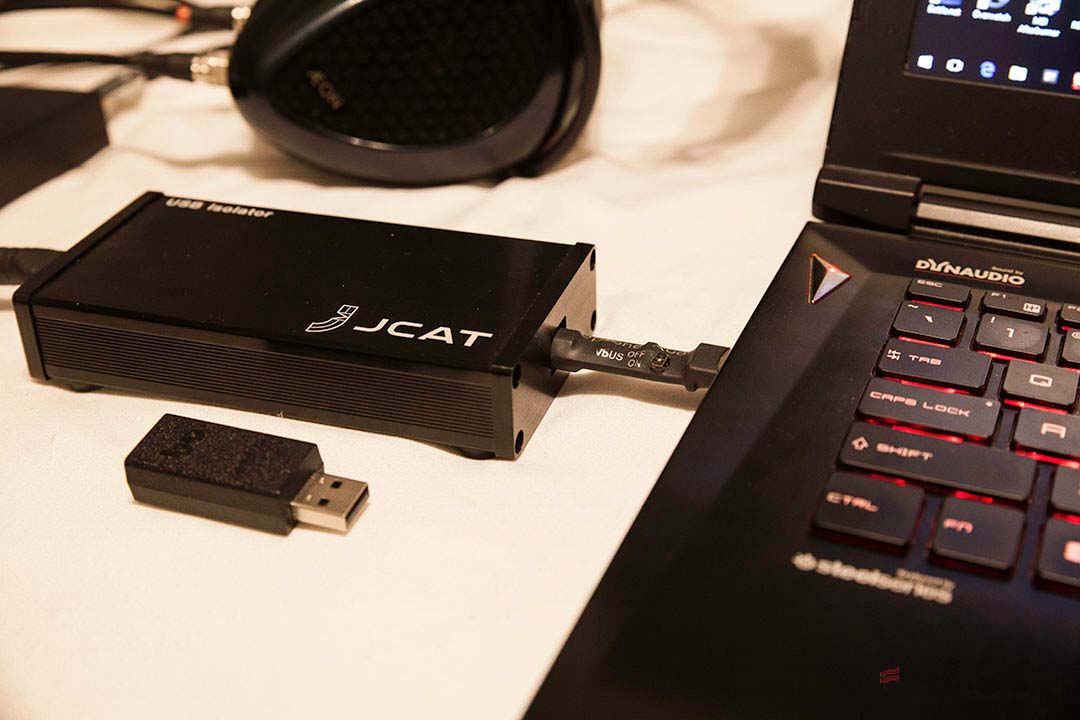
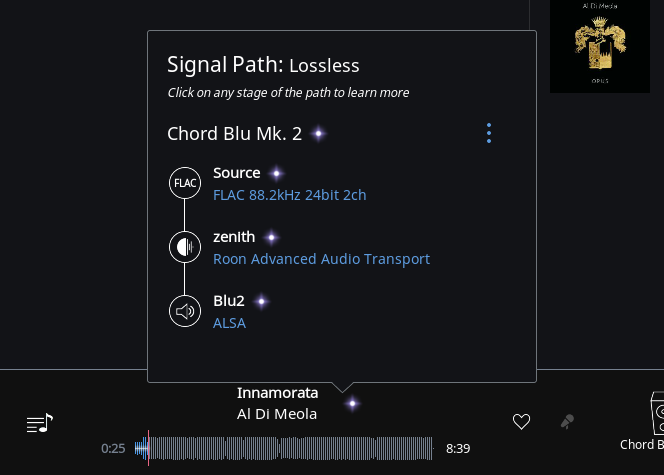
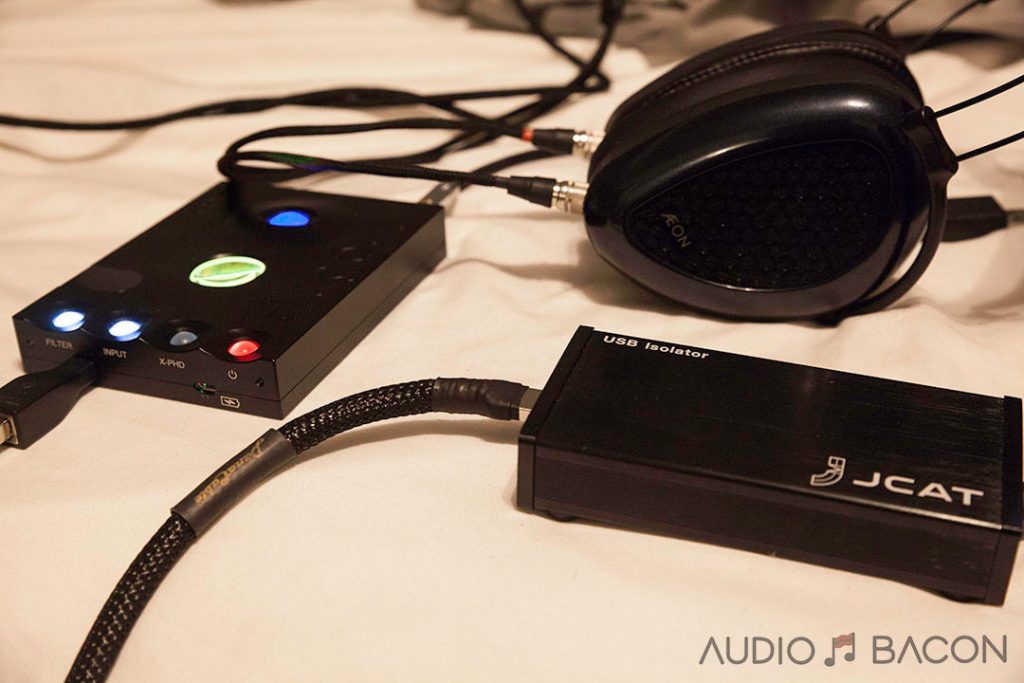



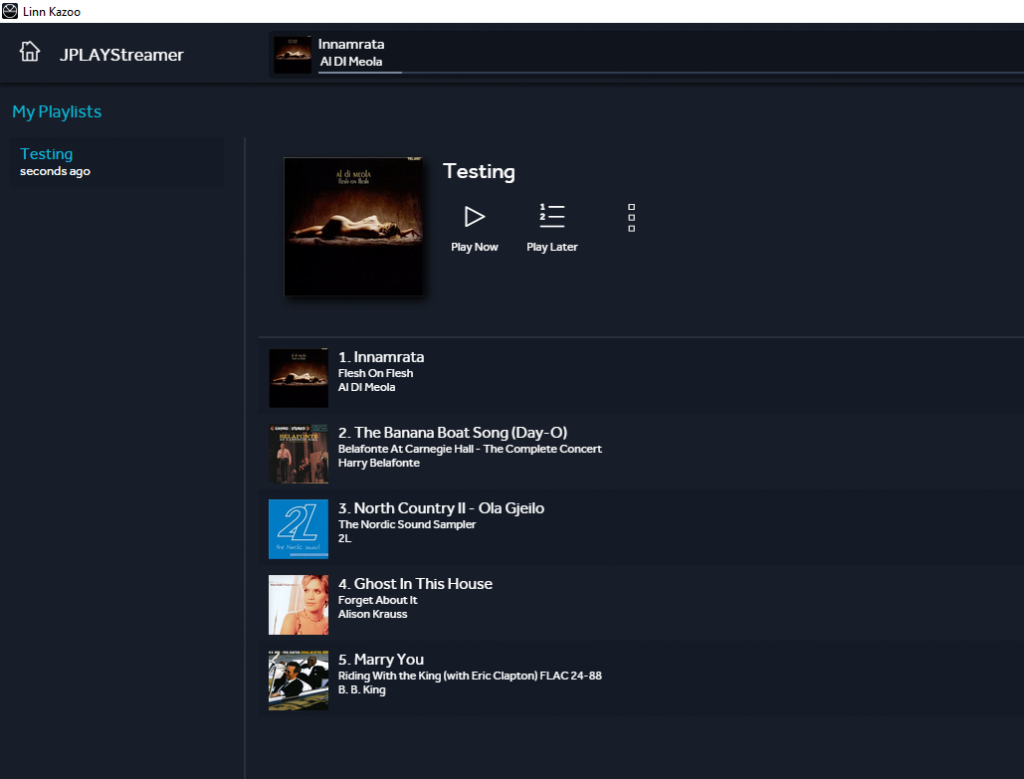
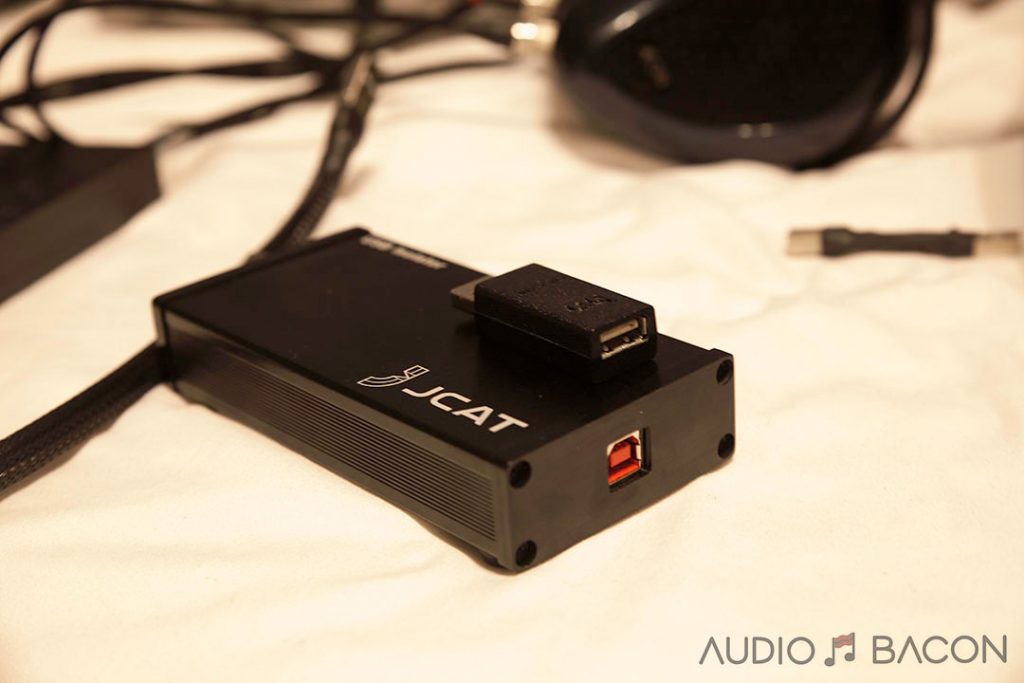


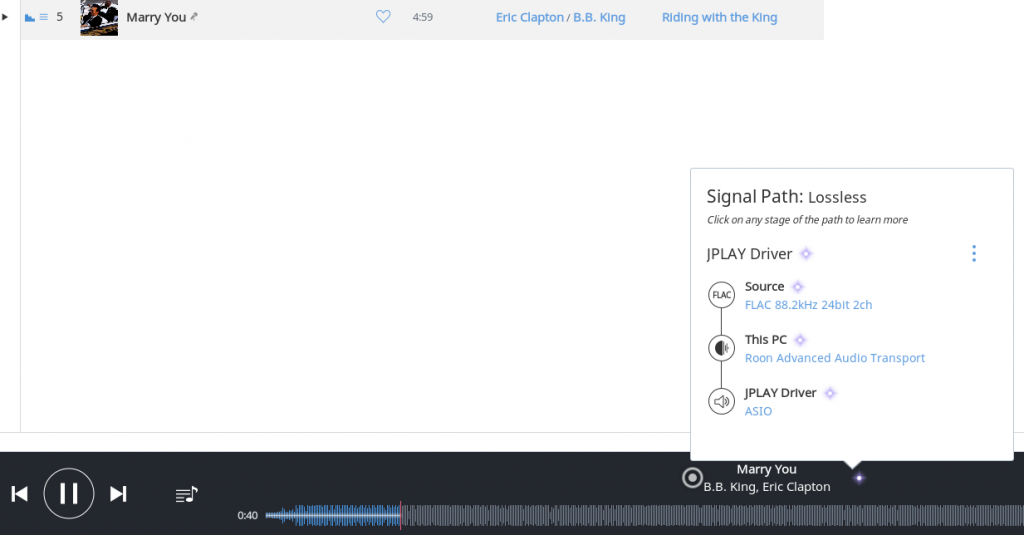
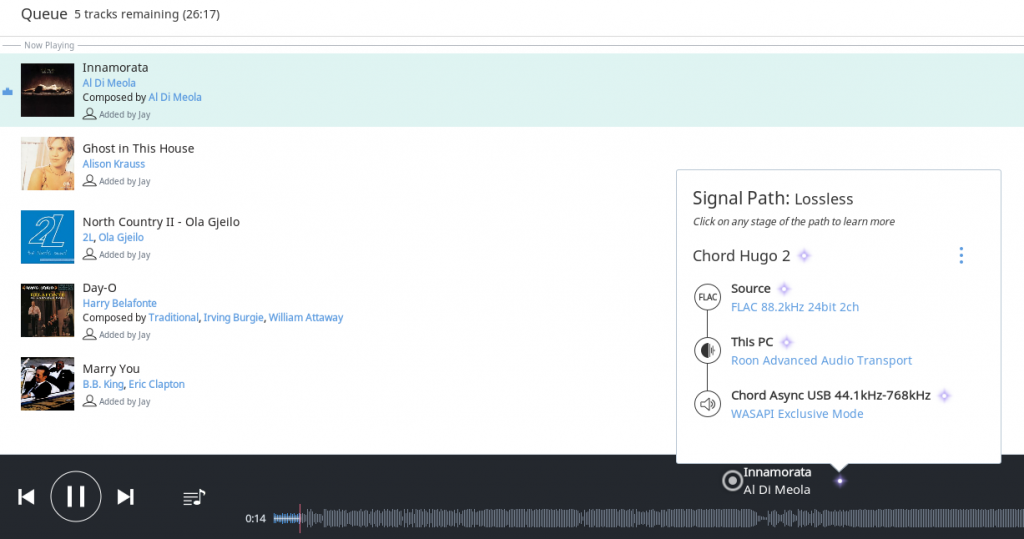
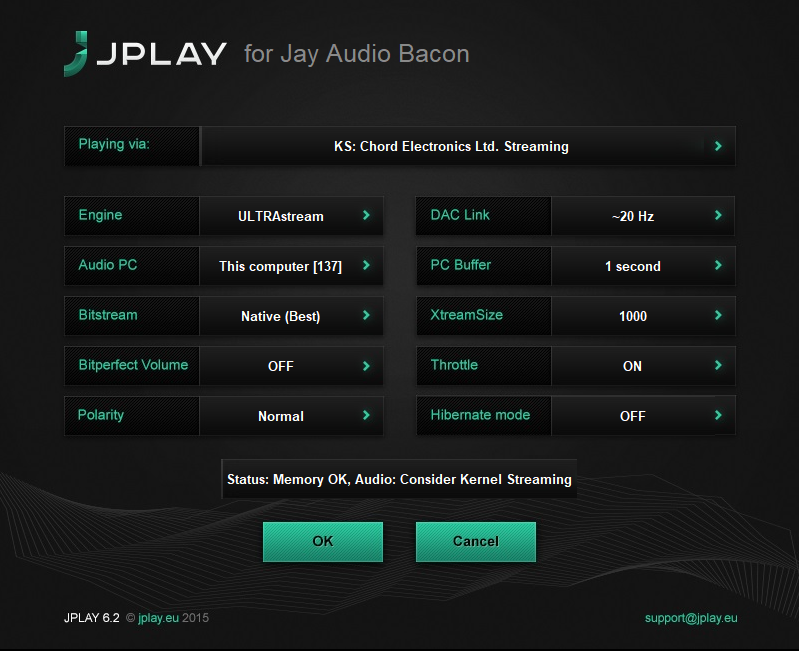
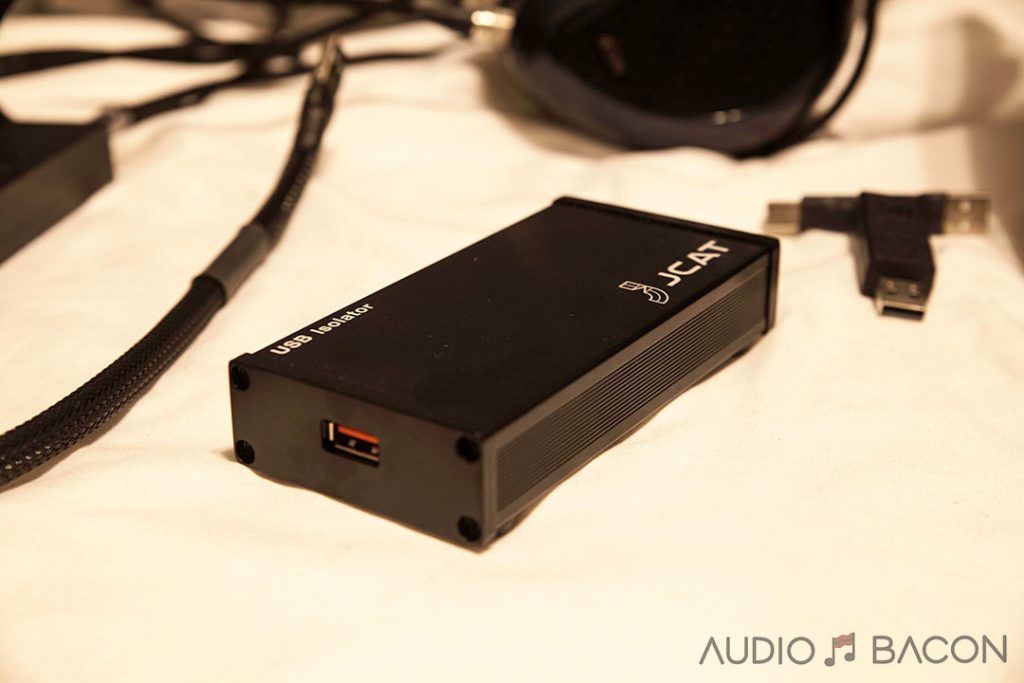



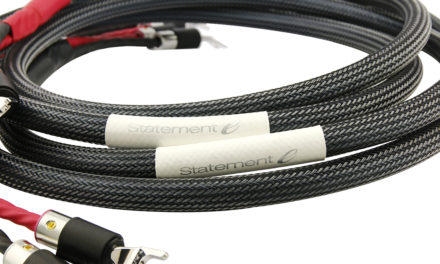
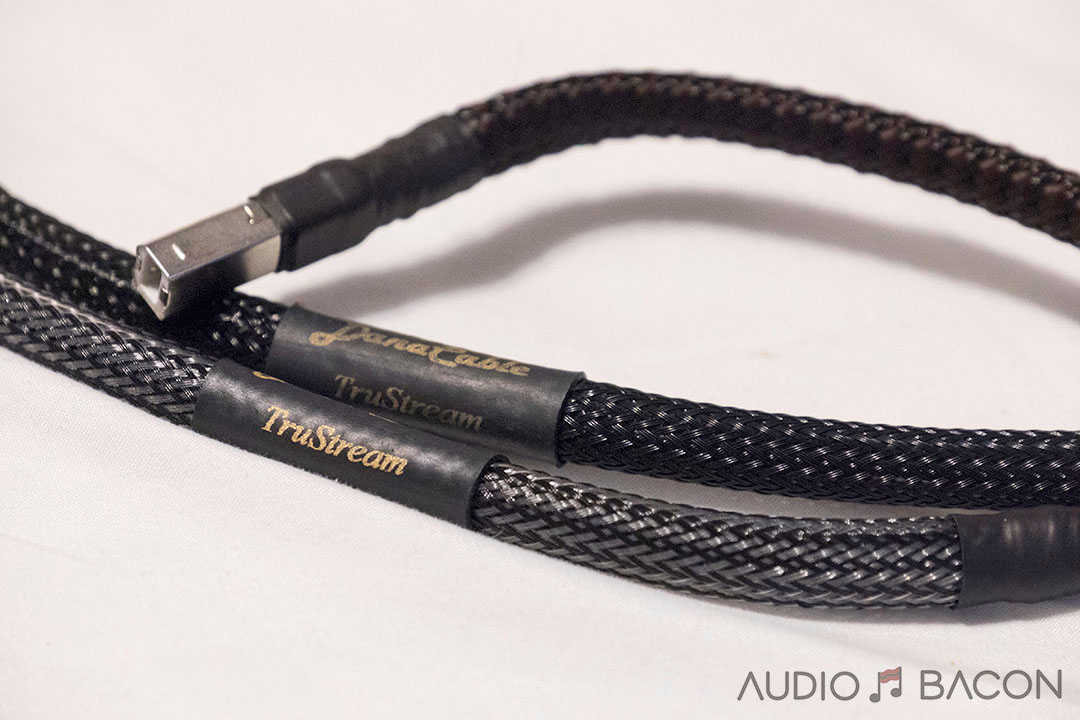

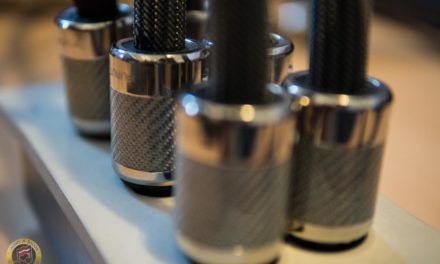

In my humble opinion Jplay is streets ahead of the competition , but this one(not mine) is better again http://wtfplay-project.org/ the website explains all better than I could. More here http://www.tirnahifi.org/forum/viewtopic.php?f=15&t=3770
Best regards
Thank you Ken, I’ll have to check it out.
Thanks for the review.
What about JPLAY vs. Roon?
Will add to the post in a bit.
There ya go
Hey Jay,
Foobar2000 has an amazing potential to further optimization, for example you can set it to play files after first loading them to RAM just like Jplay handles that matter, you can change the buffer lenght to get ultra low lattency, even the CPU thread priority can be adjusted. This way you can squeeze Foobar2k performance to be comparable to Jplay in many ways.
Then if you want to push it even further there is another free program (at least for its basic version) that allows you to manipulate Windows settings similiar way Jplay does that, its called fidelizer. It focuses on applying core optimizations like:
-Multimedia Class Scheduler Service
-Kernel timer resolution optimization
-Audio thread priority optimization
It can redirect PC resources from networking and system utilization to audio. Depending on the level you use (consumer, audiophile or purist) it can use 90% of your computer power just to play your music (Jplay uses about 30%).
So im sure with Foobar2000+Fidelizer combo and its countless optimization possibilities you can surpass level that Jplay presents.
If you want to get into PC audio and make a high-end transport out of it you should get your attention on things like linear power supply, high-end USB card, SATA filters and cables, even custom TCXO or OCXO clocks for motherboard. When all of this little pieces are used together in a smart manner results are unthinkable. When Im building PC optimised for the sole reason of being an audio transport for friends and clients best results so far I achieved with combination of Sotm, PPA Studio and Jcat products… biggest hitter what really surprised me was always SATA cable and changing the clocks to rarely used OCXO… once again proving that in audio the biggest bottleneck are cables and timing is everything… always amazes me. Fully optimised PC audio transport can make multi thousand dollar world class CD Player sweat like hell for less money.
Mayby you can also get into PC audio stuff.
Best regards Jay!
~Michael
Dear Jay,
Your detailed technical review is admirable, but now out of date in 2024.
Do you have an update ?
However your comments on sound quality are poetically amusing:
” palpable and meaty textures ”
” soundscape is much more open and holographic ”
” contouring of voices and instruments ” etc. etc.
These terms are so subjective and virtually meaningless to mere mortals such as myself.
Also It appears that all your evaluation work is done using headphones, that create a hyper-realistic sound that has little or no relation to real world live music reproduction. Do you ever listen to fine loudspeakers in an acoustically reasonable room.
So finally I rate you as a 10/10 for diligence and persistence, but maybe 3/10 for losing contact with the reality of music.
Meanwhile, looking forward to your 2024 update, hopefully reflecting a more grass roots appreciation of the music.
Best regards from Lima, peru.
And sending you a rain check for great pisco sour cocktails, when you drop by some day.
AMCO